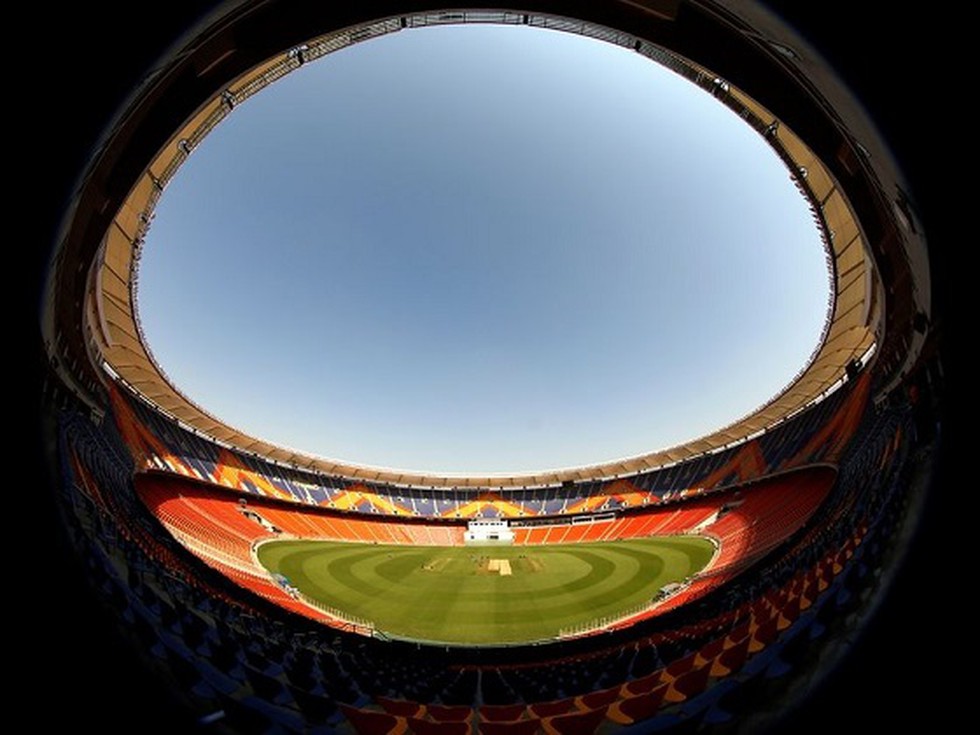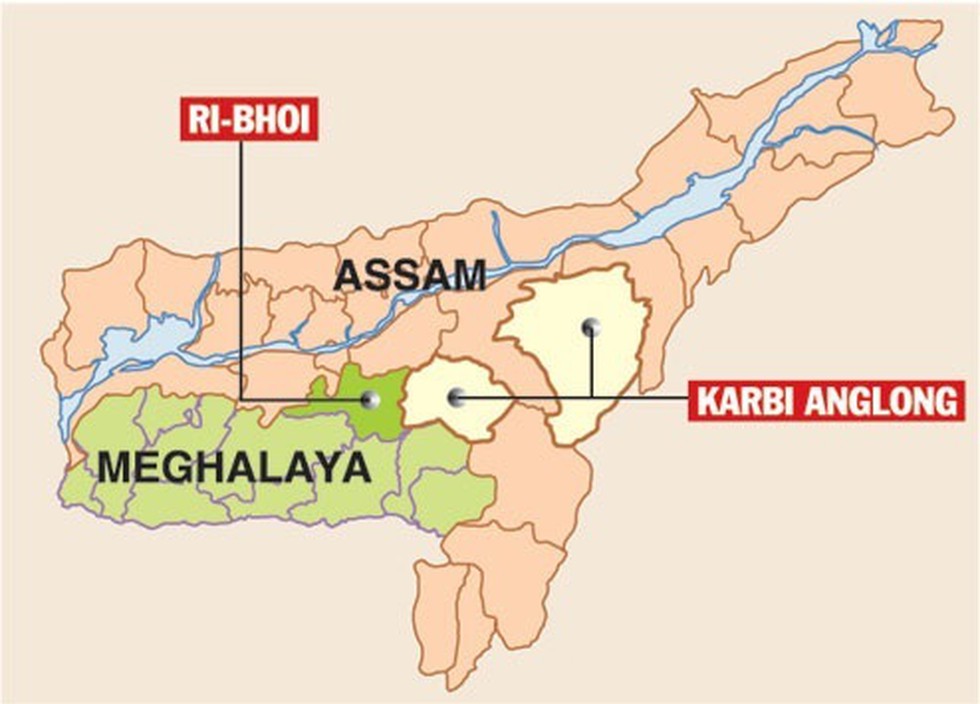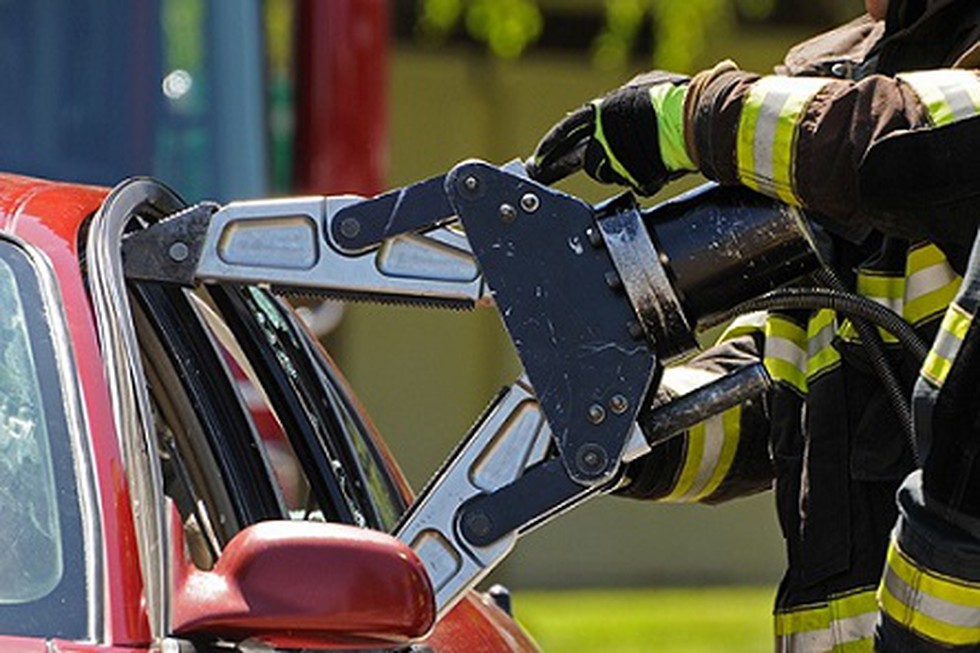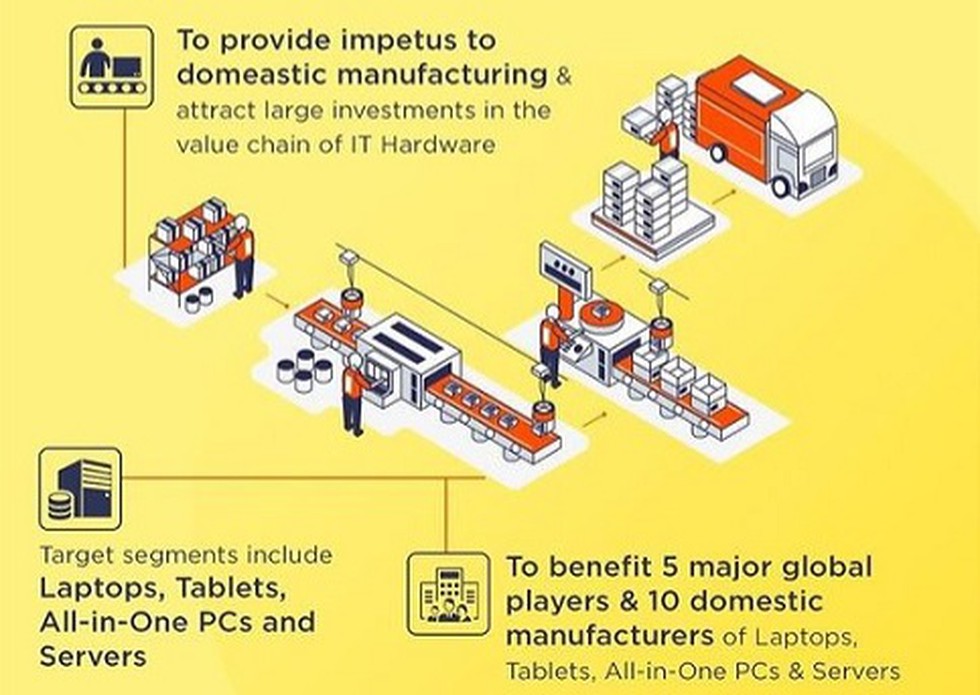NARENDRA MODI STADIUM
Motera cricket stadium, the world’s largest cricket stadium, has been renamed from Sardar Patel Stadium to Narendra Modi Stadium.

About:
- Motera Stadium, is a cricket stadium in Ahmedabad, Gujarat.
- India’s Test against England is the first match at the brand new Motera, the name of the place, after it was refurbished and converted into a 110,000-seater facility, making it the biggest cricket ground in the world in terms of capacity.
HOUSEWORK COMPENSATION
In a landmark judgment delivered weeks after China enforced its new civil code, a divorce court in Beijing has ordered a man to compensate his ex-wife for the housework she did during five years of marriage.

About:
- The court has split their joint property equally, and ordered the man to pay around $7,700 to his former wife as “housework compensation”.
- On January 1, the Chinese government brought into force a new civil code, which legal experts have described as offering greater protection for individual rights.
- Before the new law came into force, such compensation could be demanded only in cases where a prenuptial agreement had been signed– in itself an uncommon practice
KARBI INSURGENCY
Over 1,000 militants of five militant groups of Karbi Anglong district ceremonially laid down arms at an event in Guwahati in the presence of Assam Chief Minister.

About:
- The surrendered militants comprised cadres from five outfits — Karbi People’s Liberation Tiger (KPLT), People’s Democratic Council of Karbi Longri (PDCK), Karbi Longri NC Hills Liberation Front (KLNLF), Kuki Liberation Front (KLF) and United People’s Liberation Army (UPLA).
- Insurgency by Karbi — a major ethnic community of Assam — has had a long history in Assam since the late 1980s.
- These outfits originated from a core demand of forming a separate state.
- Today, the Karbi Anglong Autonomous Council (KAAC) is an autonomous district council, protected under the Sixth Schedule of the Indian Constitution.
- The entire political discourse in this constituency — comprising three districts of Karbi Anglong, West Karbi Anglong (split from the former in 2016) and Dima Hasao — revolves around the demand for
- granting of “Autonomous State” status to the region and
- more autonomy and power to the KAAC and the North Cachar Hills Autonomous Council (which administers over Dima Hasao district).
- JAWS OF LIFEGolfing legend Tiger Woods was involved in a major car accident in Southern California with multiple injuries.

About:
- Initially it was reported that paramedics used a tool called the ‘jaws of life’ to extricate the athlete from his vehicle. However, they later retracted their statement and clarified that Woods was removed from the wreckage using other tools.
- While the ‘jaws of life’ were not used for Woods’ rescue, the initial post resulted in a lot of curiosity about the tool.
- The ‘jaws of life’ are a hydraulic-extrication rescue tool used in a number of difficult emergency situations, particularly car crashes.
- It is most often used to pull drivers and passengers out of damaged vehicles after severe traffic collisions.
- The tool, also known as the hydraulic spreader-cutter, was invented by George Hurst in 1961
- It consists of four main components — cutters, spreaders, rams, and the power source.
COURT ETIQUETTEThe debate around court etiquette in India was triggered again on February 23 after a Supreme Court Bench headed by Chief Justice of India (CJI) S A Bobde objected to a petitioner addressing judges as “Your Honour”.
About:
- “When you call us Your Honour, you either have the Supreme Court of United States or the Magistrate in mind. We are neither,” the CJI told the petitioner, a law student.
- For years, there have been efforts to purge from courtroom protocol salutations such as “My Lord” and “Your Lordship” — a practice inherited from British rule.
- The Advocates Act of 1961, under section 49(1)(c), empowers the Bar Council of India to make rules on professional and etiquette standards to be observed by advocates.
- To address this issue, a Resolution by the Bar Council of India in 2006 added Chapter IIIA to Part VI of the BCI Rules.
- Interestingly, while the 2006 notification discouraged the use of “My Lord” and “Your Lordship”, it prescribed “Your Honour” or “Hon’ble Court” as an acceptable way for addressing the Supreme Court & High Courts, and “Sir” in Subordinate Courts and Tribunals.
KODOKUSHI, KAROSHI AND HIKIKOMORIEarlier this month, Japan appointed a Minister of Loneliness after the country’s suicide rate went up for the first time in 11 years.
About:
- Japan’s suicide rate rose in 2020, with 20,919 people taking their lives according to data by the National Police Agency. Most experts believe that the problem of escalating suicides in Japan is tied to the country’s culture of loneliness.
- Japan’s ageing population — over 20% of the country’s population is more than 65 years old, which is the highest proportion for that category in the world — has created a huge section of middle-aged and older people who feel they have no one to turn to for help and company.
- Since most ageing people do not socialise much, many of them die alone, with their bodies being discovered a long time after their death. The phenomenon is known as ‘kodokushi’, which means ‘lonely death’.
- The country also has some of the longest working hours in the world, which leaves people with little opportunity to spend time with their friends or be engaged in hobbies they are interested in. In fact, Japan has a term for sudden occupational mortality — ‘karoshi’, which means death due to overwork.
- The culture of self-isolation has spiralled to such extremes in the country that there are about one million people who live in absolute self-imposed confinement for many years with no contact with the outside world. These modern-day hermits are called ‘hikikomori’.
CONSPIRACYIn granting bail to 22-year-old climate change activist Disha Ravi on Tuesday, the trial court in Delhi rejected the Delhi Police charge that she was part of a “larger conspiracy” to incite violence in the national capital on January 26.
About:
- Section 120A of the Indian Penal Code (IPC) defines criminal conspiracy; Section 120B prescribes the punishment for it.
- An “agreement” between two or more persons to commit a criminal offence constitutes the offence of criminal conspiracy.
- Only an agreement is necessary and sufficient to establish the charge of conspiracy, even if the actual criminal offence itself has not been committed. Criminal conspiracy is a substantive offence in itself.
- The law in its current form was added in 1913, nearly four decades after the IPC was first enacted. The provision was designed by the British to deal with the rising nationalist sentiment in India.
EMBARGO LIFTED ON GRANT OF GOVERNMENT BUSINESS TO PRIVATE BANKSThe Government has lifted the embargo on private sector banks (only a few were permitted earlier) for the conduct of Government-related banking transactions such as taxes and other revenue payment facilities, pension payments, small savings schemes, etc.
About:
- With the lifting of the embargo, there is now no bar on RBI for authorization of private sector banks (in addition to public sector banks) for Government business, including Government agency business.
- Government-related banking transactions include taxes and other revenue payments, pension payments, and small savings schemes.
- In 2012, the finance ministry had not allowed private banks, barring some, to undertake government business for three years.
- In 2015, the government had continued with the embargo, and allowed the private sector with existing government agency business to continue without any fresh authorisation to private banks.
- For undertaking government agency business, the RBI pays a commission to banks. The central bank carries out the general banking business of the central and state governments through agency banks appointed under Section 45 of the RBI Act, 1934.
PRODUCTION LINKED INCENTIVE SCHEME FOR IT HARDWAREThe Union Cabinet chaired by the Prime Minister has approved the Production Linked Incentive (PLI) Scheme for IT Hardware.
About:
- The scheme proposes production linked incentive to boost domestic manufacturing and attract large investments in the value chain of IT Hardware.
- The Scheme shall, extend an incentive of 4% to 2% / 1% on net incremental sales (over base year i.e. 2019-20) of goods manufactured in India and covered under the target segment, to eligible companies, for a period of four (4) years.
- The scheme is likely to benefit 5 major global players and 10 domestic champions in the field of IT Hardware manufacturing including Laptops, Tablets, All-in-One PCs, and Servers.
- Financial Implications: The total cost of the proposed scheme is approximately Rs.7,350 crore over 4 years, which includes an incentive outlay of Rs.7,325 crore and administrative charges of Rs.25 crore.
PRODUCTION LINKED INCENTIVE SCHEME FOR PHARMACEUTICALSThe Union Cabinet has approved Production Linked Incentive (PLI) Scheme for Pharmaceuticals over a period of Financial Year 2020-21 to 2028-29.
About:
- Total incremental sales of Rs.2,94,000 crore and total incremental exports of Rs.1,96,000 crore are estimated during six years from 2022-23 to 2027-28.
- The Scheme is also expected to bring in investment of Rs.15,000 crore in the pharmaceutical sector.
- The scheme will be part of the umbrella scheme for the Development of Pharmaceutical Industry.
- The objective of the scheme is to enhance India's manufacturing capabilities by increasing investment and production in the sector and contributing to product diversification to high value goods in the pharmaceutical sector.
- Target Groups: The manufacturers of pharmaceutical goods registered in India will be grouped based on their Global Manufacturing Revenue (GMR) to ensure wider applicability of the scheme across the pharmaceutical industry and at the same time meet the objectives of the scheme.
- Quantum of Incentive: The total quantum of incentive (inclusive of administrative expenditure) under the scheme is about Rs 15,000 crore.
Category of Goods:
The scheme shall cover pharmaceutical goods under three categories as mentioned below:
- Category 1: Biopharmaceuticals; Complex generic drugs; Patented drugs or drugs nearing patent expiry; Cell based or gene therapy drugs; Orphan drugs; Special empty capsules like HPMC, Pullulan, enteric etc.; Complex excipients; Phyto-pharmaceuticals: Other drugs as approved.
- Category 2: Active Pharmaceutical Ingredients / Key Starting Materials / Drug Intermediates.
- Category 3: Drugs not covered under Category 1 and Category 2.
- Initially it was reported that paramedics used a tool called the ‘jaws of life’ to extricate the athlete from his vehicle. However, they later retracted their statement and clarified that Woods was removed from the wreckage using other tools.
Comments
Post a Comment